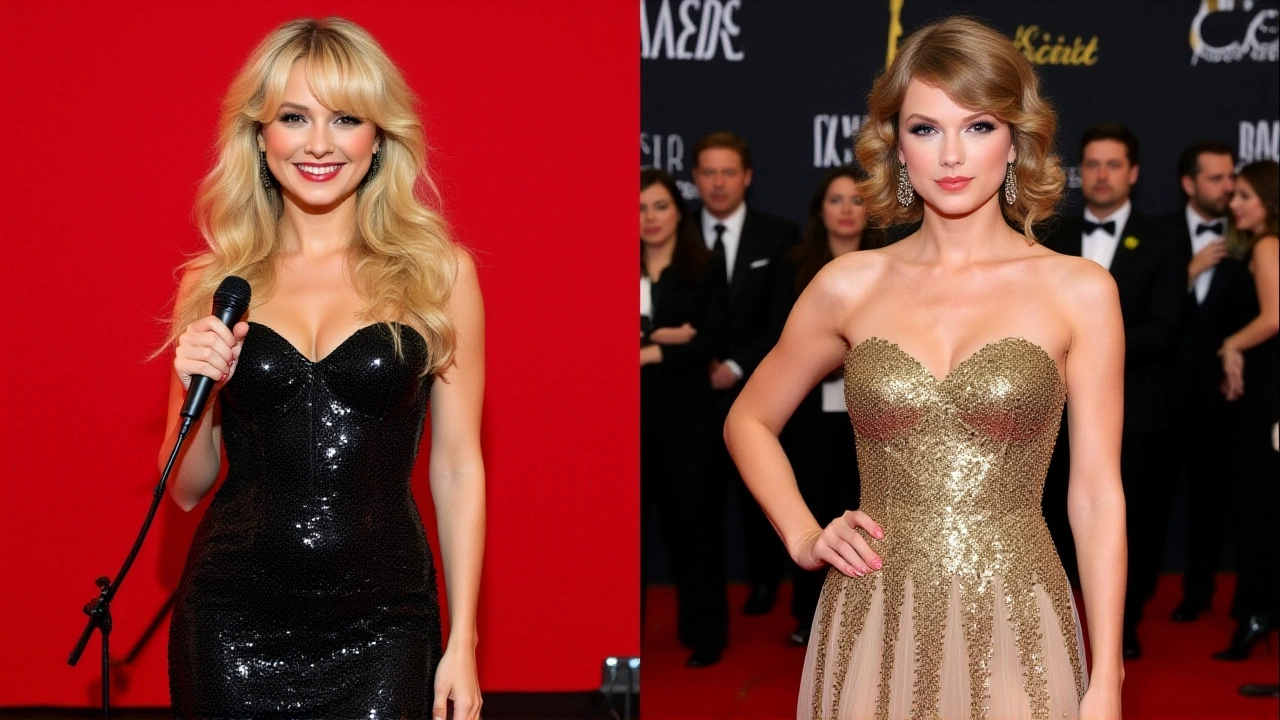Pop Music: Trends, Impact, and How It Shapes Culture
When talking about pop music, a mainstream genre built around catchy hooks, simple lyrics, and polished production. Also known as popular music, it reaches the widest possible audience and drives many other cultural moments. Music industry, the network of record labels, promoters, and distributors that finances and markets recordings relies heavily on pop music’s commercial appeal. At the same time, streaming services, digital platforms like Spotify, Apple Music, and YouTube that deliver music on demand have reshaped how pop songs are discovered and monetized. Finally, chart rankings, weekly lists such as Billboard Hot 100 that rank songs based on sales, streams, and airplay act as the scoreboard for success, influencing everything from radio play to tour bookings.
Because pop music encompasses chart‑topping hits, it naturally pop music fuels the music industry’s revenue streams. Streaming services influence the genre by favoring tracks that perform well in short, repeatable formats, which in turn pushes artists to craft tighter, more hook‑driven songs. Chart rankings reflect these dynamics, showing which tracks dominate the public’s attention each week. The feedback loop among these entities keeps pop music at the forefront of cultural conversation, driving trends that spill over into fashion, movies, and even sports coverage.
Why Pop Music Matters Today
Beyond sales numbers, pop music acts as a barometer for societal moods. When a new single bursts onto the scene, its lyrics often echo the current political climate, social movements, or personal stories that resonate with millions. This “cultural mirror” effect means that pop songs can spark conversations about issues ranging from mental health to climate awareness. Moreover, the production techniques used in pop—like auto‑tuned vocals, electronic beats, and collaborative songwriting—set standards that other genres adopt, blurring genre lines and creating crossover hits.
Artists themselves become influencers across multiple platforms. A pop star’s viral TikTok dance can boost a song’s streaming numbers overnight, while a cameo in a hit TV series can push a track up the chart rankings instantly. This synergy between visual media and audio content shows why pop music is more than just background noise; it’s a driving force behind the content you see on Netflix, YouTube, and social feeds.
For readers who follow the latest news, the reach of pop music often appears in unexpected places. A coffee shop closing, a streaming series finale, or a high‑school football game can all feature pop tracks that set the mood or become part of the story’s identity. By recognizing these connections, you’ll see how pop music weaves itself into everyday headlines, shaping the narrative of each article you encounter.
Below you’ll find a curated set of stories that illustrate pop music’s pervasive influence—from entertainment break‑downs to community events. Dive in and discover how this genre continues to shape the news we read, the shows we binge, and the conversations we share.
Sabrina Carpenter’s seventh album sparks controversy over its provocative cover and perceived misogyny, dividing fans and critics while echoing past double standards in pop.
